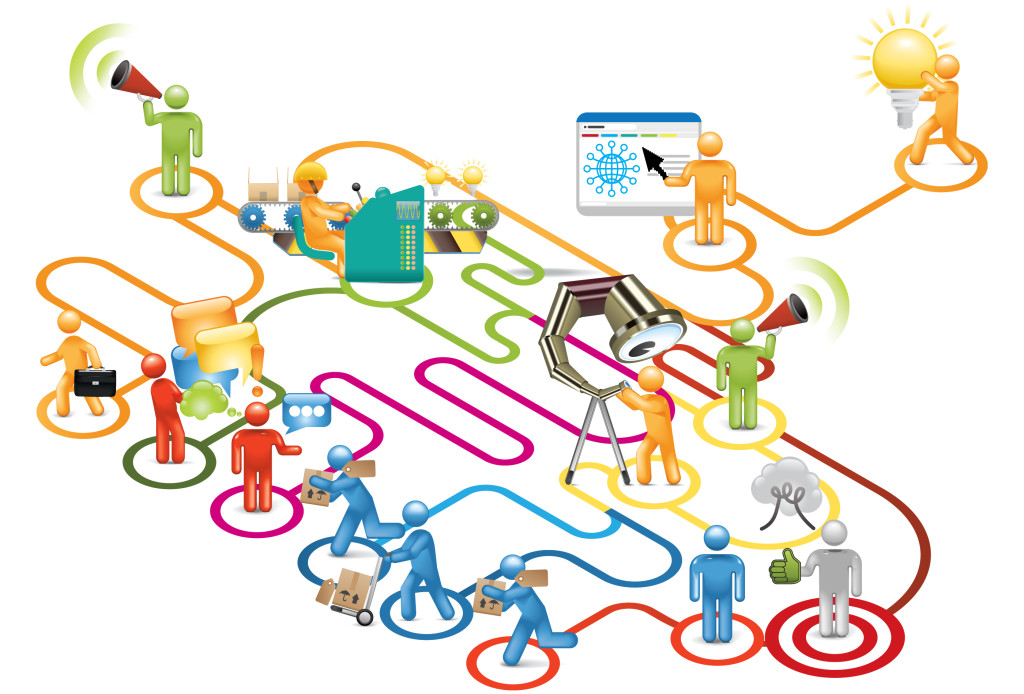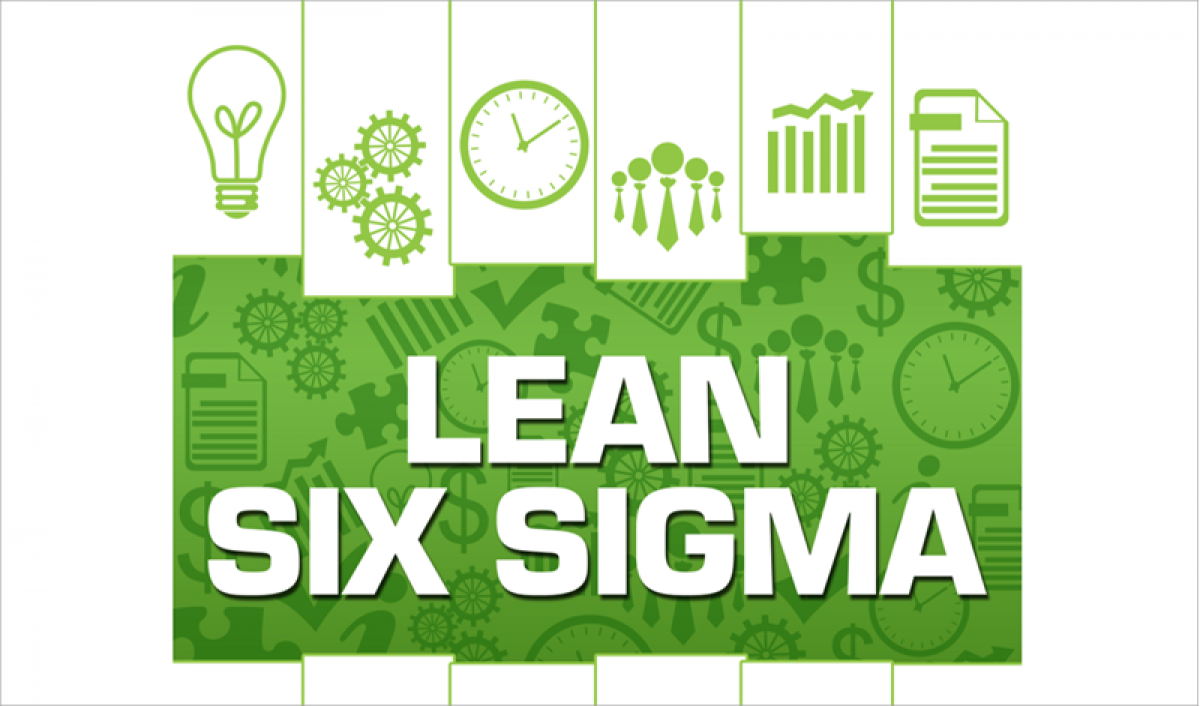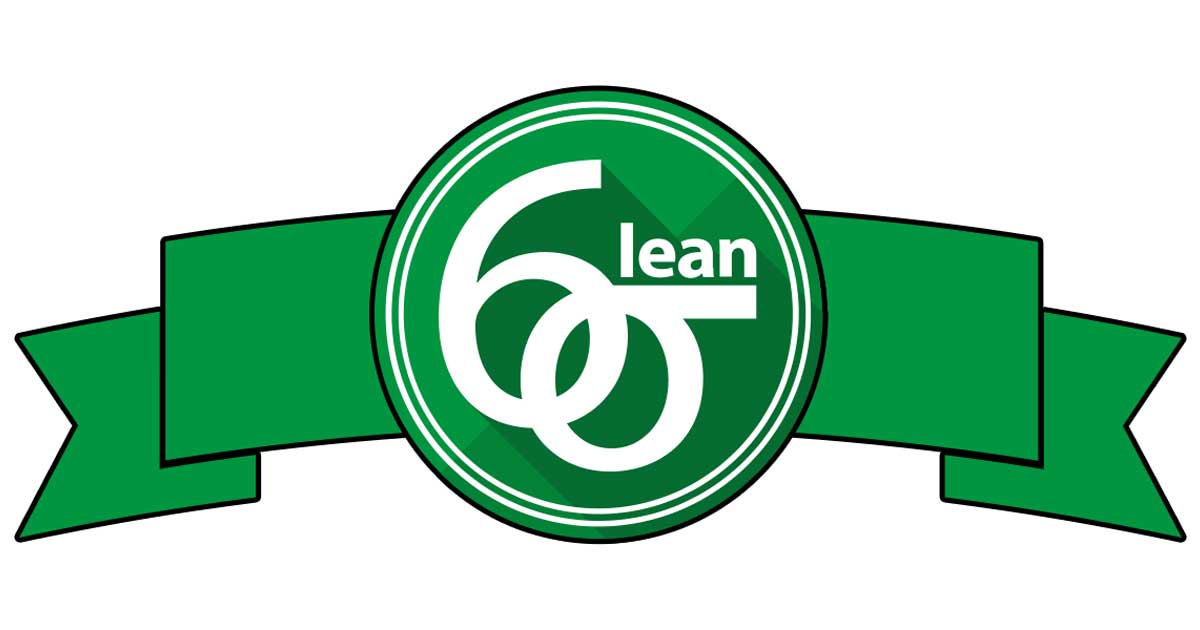
Utilized by businesses globally, Lean Six Sigma stands as one of the leading management strategies, amalgamating the methodologies of LEAN and Sigma in Six Sigma to enhance performance. If you’re uncertain about the benefits of this integrated approach in streamlining operations and minimizing inefficiencies within your organization, we present 6 valuable tips for process improvement. By implementing these transformative Lean Six Sigma principles, you can optimize value, quality, and efficiency at your workplace.
Not Familiar with Lean Sigma in Six Sigma?
If you’re not acquainted with the strategy, let’s delve into the fundamentals. Drawing from the strengths of the two widely adopted methodologies for business process improvement, Lean Six Sigma integrates the principles of LEAN (aimed at eliminating waste and streamlining processes) and Six Sigma (focused on reducing variation) to establish a process enhancement framework based on the DMAIC model. So, what does DMAIC entail? It represents an acronym for the five sequential steps employed by Lean Six Sigma practitioners to resolve process issues with unidentified causes:
- Define: Figuring out your work problem.
- Measure: Mapping out your processes as they exist right now.
- Analyze: Identifying the causes of your work problem.
- Improve: Implementing your remedy and verifying that it’s working.
- Control: Maintaining the solution.
In short, Lean Six Sigma and its toolkit serve as a means to effectively address the challenges faced by your organization.
Want to know more about Sigma in Six Sigma? Visit our course now.
How Can You Apply Lean Sigma in Six Sigma at Your Work?
While Lean Six Sigma training provides numerous advantages, its actual impact is maximized when its tools are applied to tackle organizational and process-related obstacles, enhance customer relationships, nurture a proactive company culture, and optimize return on investment. Therefore, explore the contents of the Lean Six Sigma toolbox to grasp the immense value that comes with mastering its methodologies within your specific line of work.
Tip No. 6: Apply 5S to Whip Your Workplace Into Shape
If your office, factory, hospital, restaurant, or worksite is in disarray or lacks optimal organization, it may be the right moment to implement the 5S strategy. These five crucial steps will ensure that your workspace remains safe and operates at peak efficiency.
- Sort: Get rid of anything not necessary to your daily processes.
- Set in order: Put everything in its most logical, accessible place.
- Shine: Make workspaces clean, with everything in good working order.
- Standardize: Organize how every task in your workspaces should be performed.
- Sustain: Develop team discipline to maintain your new practices.
Tip No. 5: Try Kanban to Improve Customer Satisfaction
In the realm of Lean Six Sigma, Kanban is a Japanese term that signifies a visual signal or indicator used to initiate an action. Implementing Kanban can be remarkably straightforward, akin to examples such as package tracking systems like FedEx, automatic email responses, or Starbucks writing your name on a cup to signify the start of preparing your latte. When incorporated with the intention of enhancing the experience for your visitors, clients, or shoppers, Kanban becomes a potent element of your process, leading to increased customer satisfaction and loyalty.
Put Kanban to work for you in two easy steps:
- Determine the specific action you want customers to take.
- Establish clear communication systems, such as signs, call-backs, prompts, or notifications, to provide customers with explicit information regarding the next step in the process.
Tip No. 4: Use Standardized Work to Scale Your Business using Sigma in Six Sigma
Manufacturers adhere to standardized processes because repeating the same actions minimizes errors and waste. Likewise, when you implement checklists for every task, product, and process within your organization, you establish a standardized approach to your team’s work, reducing variations and the reliance on individual preferences for completing projects. This standardization encompasses workflow, responsibilities, quality standards, and customer interactions, which becomes increasingly vital as your business grows and your workforce expands. Even the structure, timing, and content of meetings can be standardized. This is how you establish best practices and continuously improve as you scale your business. After all, there is an optimal way to make a latte, and there is a wrong way to write a customer’s name on a cup. Perhaps even the occasional misspellings become part of the standardized operating procedure.
Tip No. 3: Create Value Stream Mapping to Eliminate Waste
A value stream map is a visual representation that depicts the steps, delays, and information required to deliver a product or service to a customer. It serves as a valuable tool in eliminating waste, calculating lead time, and assessing the progress of work in the pipeline. Creating a value stream map can optimize your organization’s workflow by identifying and eliminating inefficient processes and non-value-adding activities. This optimization results in the timely delivery of high-quality deliverables, as your processes become more streamlined, well-defined, and efficient.
In just about an hour, you can create your own value stream map. Adding additional details to the map enhances your team’s understanding of the connection between your existing flawed process and the envisioned ideal process for the future.
Consider these guidelines as you develop your roadmap to minimize waste:
- Begin by creating an initial sketch of your map manually, using pen and paper.
- Take a reverse approach and “walk” through the map from the final product, service, or design back to its origin. This shift in perspective offers new insights into your process.
- Continuously ask “why” to delve deeper into the underlying reasons and motivations behind each step. Challenge assumptions and seek a thorough understanding.
Tip No. 2: Ask the 5 Whys to Improve Your Corporate Culture
Are you prepared to address the underlying cause of any issues plaguing your process, with the full participation of your team? Begin by posing the question “Why.” In fact, make it a deliberate practice to ask “why” at least four more times as part of the 5 Whys technique, a Lean Six Sigma strategy designed to move beyond surface-level symptoms and uncover the core problem. By involving colleagues and other stakeholders in generating alternative responses to each “why” inquiry, the collaborative effort can significantly contribute to fostering a corporate culture that embraces change and values input from all individuals.
Let’s go through a sample of five “whys” that you may need to ask in order to identify the root cause along with your team.
Symptom: Customers are angry.
- Why? They had to wait too long.
- Why? We were running behind.
- Why? We ran out of cups.
- Why? Nobody authorized the purchase.
- Why? They’re all at the Cup Summit.
Tip No. 1: Go for the Quick Wins to Improve Your ROI
Imagine you are faced with a single problem that has a limited scope. This presents a golden opportunity for a “slam dunk” or a quick win, a concept within Lean Six Sigma that encourages the swift implementation of straightforward solutions. By acting promptly on these no-brainer solutions, you can generate momentum, inspire your team to be more productive and creative, and empower younger colleagues to fast-track projects that have obvious positive outcomes. For example, if you recognize that writing customers’ names on a (potentially reusable) cup will enhance their latte experience, improve customer satisfaction, and boost sales, seize the opportunity without hesitation.
Looking for another quick win? You can become a process improvement expert by obtaining your Lean Six Sigma Green Belt or Black Belt from USF. In just 10 Saturdays, you’ll gain mastery in the essentials of waste reduction and process variation to enhance customer satisfaction and increase efficiency. Another win lies in the fact that professionals with Lean Six Sigma training earn an average of $16,826 more annually compared to those without such training.
Here at CourseMonster, we know how hard it may be to find the right time and funds for training. We provide effective training programs that enable you to select the training option that best meets the demands of your company.
For more information, please get in touch with one of our course advisers today or contact us at training@coursemonster.com















